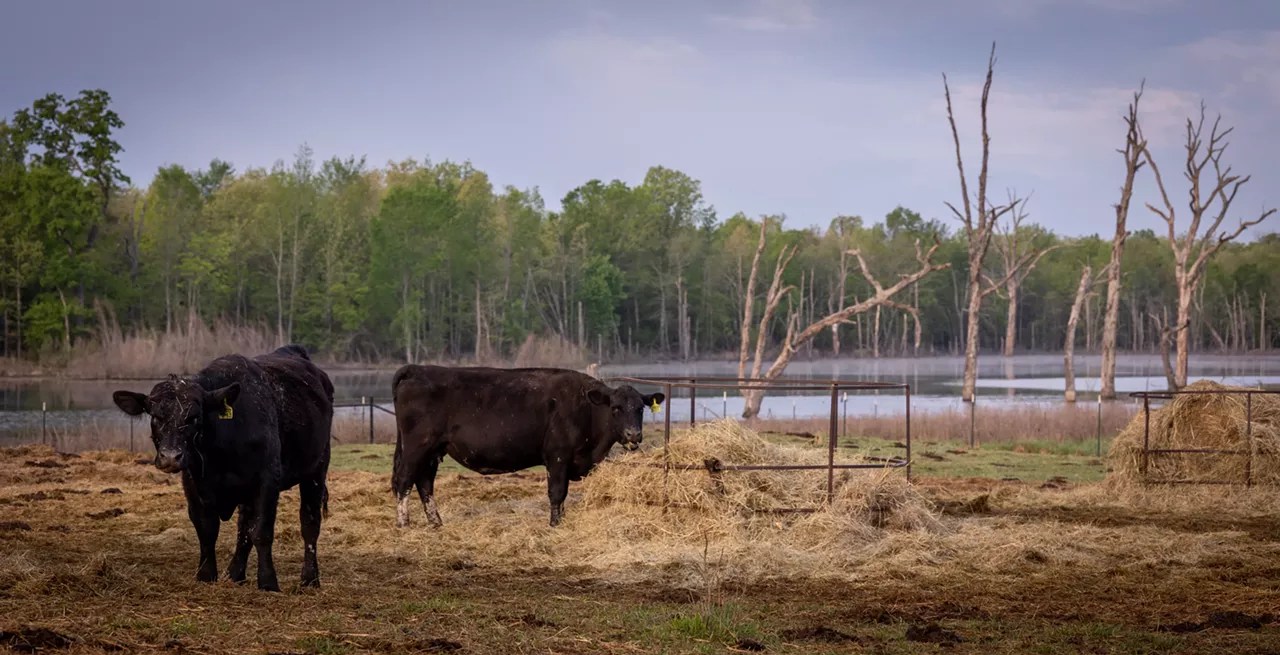
Nathan Hunsinger

Audio By Carbonatix
A new mediation agreement between two regional water planning groups in North and Northeast Texas has delayed the controversial Marvin Nichols Reservoir for another 20 years.
The new mediation agreement, which would delay the reservoir’s completion from 2050 to 2070 and requires a third-party comprehensive impact assessment, was ratified by Region D, which represents Van Zandt County, just east of Dallas County, all the way to the Arkansas border. The agreement has yet to be ratified by Region C, which represents the most populous counties of North Texas: Dallas, Denton, Collin and Tarrant counties.
“While we are relieved that the timeline has once again been pushed back, mitigating the immediate threat of the reservoir, we remain deeply concerned that this destructive project continues to be considered as an option for Region C,” read a press release from Preserve Northeast Texas, a conservation group against the reservoir.
Originally drafted in 1968, plans for the reservoir would use eminent domain to seize the land of Northeast Texans, most of whose families have farmed the land for generations, to create a new water supply to meet the growing demands of the most populated Central North Texas communities.
“You can’t replace that land because God’s not making no more land,” Eddie Belcher told the Observer in May at a public hearing about the reservoir. Belcher’s land has been in his family for seven generations, and he’s spent the last 20 years trekking to Dallas to speak out against the reservoir. “You can’t replace land when there’s no land to replace it with. It’s really, really a sore subject.”
When news happens, Dallas Observer is there —
Your support strengthens our coverage.
We’re aiming to raise $30,000 by December 31, so we can continue covering what matters most to you. If the Dallas Observer matters to you, please take action and contribute today, so when news happens, our reporters can be there.
Though the threat of the reservoir remains imminent for Northeast Texans who would lose their land, the $7 billion project to flood 66,000 acres of prairie has not begun.
“Northeast Texas families have lived for decades under the constant threat of having their land and way of life destroyed,” reads the release from Preserve Northeast Texas. “We will continue to monitor this process closely to help ensure that the voices of those directly impacted are heard and respected.”
Part of the mediation agreement is an all-encompassing third-party impact assessment detailing the reservoir’s potential environmental, social and economic effects. The assessment’s deadline is July 2027, but Preserve Northeast Texas worries that such a quick turnaround time may not be sufficient.
“The study should be conducted with the utmost rigor and impartiality, ensuring that all potential consequences are evaluated,” they wrote. “While the short timeframe for producing such a study is concerning, we remain hopeful it will be a thorough and impartial review. We are confident the damaging impacts of this reservoir deem this project impractical, unfeasible and unnecessary.”
Northeast Texans have opposed the reservoir plans for years, even pursuing legislative action. This last legislative session, Rep. Gary VanDeaver of the Red River region filed HB 2109, which would have removed the reservoir from the State Water Plan. The bill was never scheduled for a House reading, but the controversial water plans have been mentioned on countless days in Austin.
Lon Burnam, a Fort Worth native who spent 18 years in the Texas Legislature, prioritized proper water planning and conservation while in office. Despite leaving politics, Burnam remains an outspoken opponent of the water plans.
“It’s been common in this country to steal resources from the locals,” Burnam said to the Region C Water Planning Group in May. “That needs to come to an end. We should not be talking about stealing water from the people of East Texas. We should be talking about water conservation. Thank you for the opportunity to dispute the notion that anybody in this region is doing a good job on water conservation.”
The pending delay of plans will be decided by the Region D Water Planning Group, which will benefit the most from the construction of the reservoir. Regardless, Northeast Texans have decades before their land is taken and plan to keep it that way as long as they can.
“If it does get built. I won’t be here to see it because it’s going to be drug out for many years,” Belcher said. “If they do start permitting it, the lawsuits will start, and it can drag on for 10, 20, 15 years.”